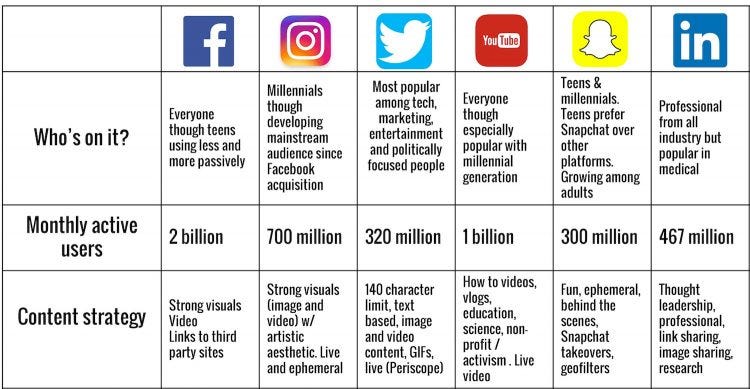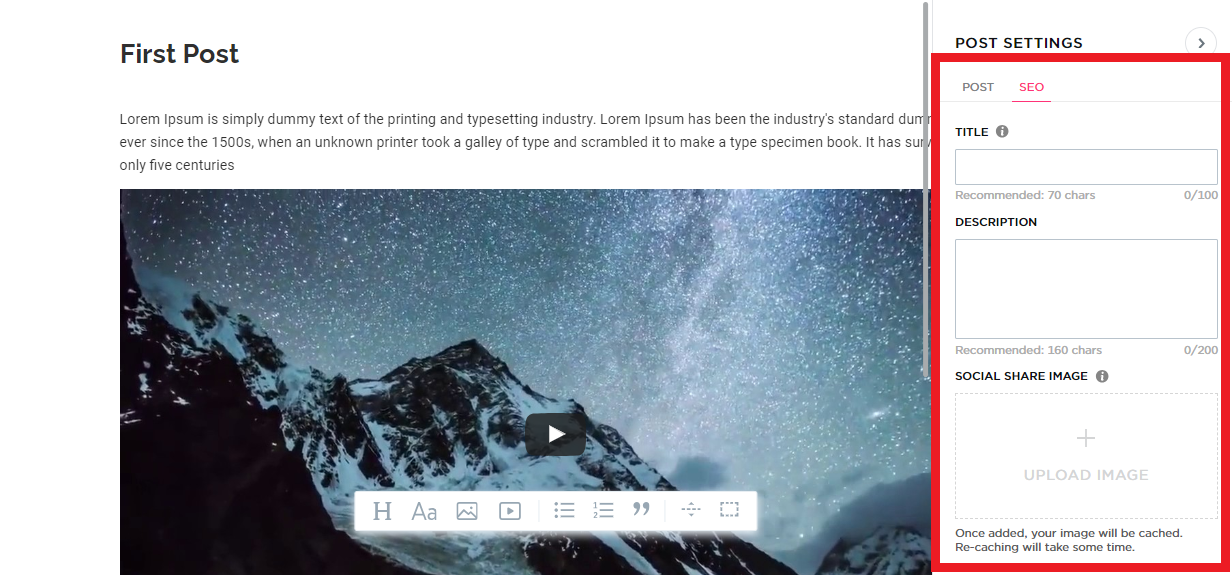Promoting Your QuickServers Website: Marketing Strategies and Tips
Introduction
Once you've built your website with QuickServers, the next crucial step is promoting it to reach your target audience. Effective promotion can drive traffic, increase engagement, and help you achieve your website goals, whether it's growing your business, building a community, or sharing your work. This guide will provide you with key marketing strategies and tips to help you successfully promote your QuickServers website.
1. Leverage Social Media Marketing
-
Identify the Right Platforms:
- Different social media platforms cater to different audiences. Identify which platforms your target audience is most active on (e.g., Instagram, Facebook, LinkedIn, Twitter) and focus your efforts there.

- Different social media platforms cater to different audiences. Identify which platforms your target audience is most active on (e.g., Instagram, Facebook, LinkedIn, Twitter) and focus your efforts there.
-
Create Engaging Content:
- Post regularly and share content that is valuable and engaging to your audience. This can include blog posts, videos, infographics, and updates about your website or services.

- Post regularly and share content that is valuable and engaging to your audience. This can include blog posts, videos, infographics, and updates about your website or services.
-
Use Hashtags and Keywords:
- Research relevant hashtags and keywords to increase the visibility of your posts. This will help your content reach a broader audience beyond your immediate followers.
- Research relevant hashtags and keywords to increase the visibility of your posts. This will help your content reach a broader audience beyond your immediate followers.
-
Engage with Your Audience:
- Respond to comments, messages, and mentions to build a community around your website. Engaging with your audience helps establish trust and loyalty.
2. Utilize Email Marketing
-
Build an Email List:
- Collect email addresses from visitors by offering incentives like a free ebook, newsletter, or discount. Ensure that you have a clear and easy-to-use sign-up form on your website.


- Collect email addresses from visitors by offering incentives like a free ebook, newsletter, or discount. Ensure that you have a clear and easy-to-use sign-up form on your website.
-
Send Regular Newsletters:
- Keep your subscribers informed about new content, updates, and promotions. A regular newsletter helps keep your audience engaged and drives traffic back to your site.
-
Segment Your Audience:
- Divide your email list into segments based on factors like interests, behavior, or demographics. This allows you to send targeted emails that are more relevant to each group, increasing the chances of engagement.
3. Optimize for Search Engines (SEO)
-
Conduct Keyword Research:
- Identify keywords that your target audience is searching for and incorporate them into your website's content. Use tools like Google Keyword Planner or SEMrush to find the best keywords for your site.


- Identify keywords that your target audience is searching for and incorporate them into your website's content. Use tools like Google Keyword Planner or SEMrush to find the best keywords for your site.
-
On-Page Optimization:
- Optimize your website’s meta tags, headings, and content with the chosen keywords. Ensure that your site is structured in a way that is easy for search engines to crawl and index.
-
Create Quality Content:
- Regularly update your site with high-quality, original content that provides value to your visitors. Search engines prioritize websites that offer relevant and useful information.
-
Build Backlinks:
- Acquire backlinks from reputable websites in your industry. Backlinks help improve your site's authority and can lead to higher search engine rankings.
4. Content Marketing
-
Start a Blog:
- A blog is a powerful tool for driving traffic and establishing your expertise. Regularly publishing blog posts on topics relevant to your audience can help attract visitors and keep them coming back.






- A blog is a powerful tool for driving traffic and establishing your expertise. Regularly publishing blog posts on topics relevant to your audience can help attract visitors and keep them coming back.
-
Guest Blogging:
- Write guest posts for other reputable websites in your industry. This not only helps you reach a new audience but also builds backlinks to your own site.
-
Create Visual Content:
- Use images, videos, infographics, and other visual content to engage your audience. Visual content is more likely to be shared on social media, increasing your reach.
5. Paid Advertising
-
Google Ads:
- Use Google Ads to target specific keywords and drive traffic to your website. Pay-per-click (PPC) campaigns can be highly effective if managed properly, allowing you to reach potential customers who are actively searching for what you offer.


- Use Google Ads to target specific keywords and drive traffic to your website. Pay-per-click (PPC) campaigns can be highly effective if managed properly, allowing you to reach potential customers who are actively searching for what you offer.
-
Social Media Ads:
- Run paid ads on social media platforms like Facebook, Instagram, and LinkedIn. These platforms offer advanced targeting options, allowing you to reach specific demographics, interests, and behaviors.

- Run paid ads on social media platforms like Facebook, Instagram, and LinkedIn. These platforms offer advanced targeting options, allowing you to reach specific demographics, interests, and behaviors.
-
Retargeting Campaigns:
- Retargeting allows you to show ads to users who have previously visited your website. This is an effective way to bring back visitors who didn’t convert during their first visit.
6. Engage in Online Communities
-
Join Forums and Groups:
- Participate in online communities related to your industry. Share your expertise and link back to your website when relevant. This helps build your reputation and drives traffic to your site.
-
Answer Questions:
- Platforms like Quora and Reddit allow you to answer questions related to your industry. Providing helpful answers and linking back to relevant content on your website can attract new visitors.
-
Host Webinars or Live Sessions:
- Hosting webinars or live Q&A sessions on platforms like Facebook Live or Zoom can help you connect with your audience in real-time. Promote these events on your website and social media channels.
7. Leverage Influencer Marketing
-
Partner with Influencers:
- Collaborate with influencers who have a following in your niche. Influencers can help promote your website to a broader audience, lending credibility and increasing your reach.
-
Offer Affiliate Programs:
- Create an affiliate program where influencers and bloggers can earn a commission for referring traffic or sales to your website. This incentivizes them to promote your site actively.
8. Analyze and Adjust Your Strategy
-
Track Your Performance:
- Use analytics tools like Google Analytics to monitor the performance of your marketing efforts. Track metrics such as traffic, bounce rate, conversions, and user behavior to understand what’s working and what’s not.
-
A/B Testing:
- Conduct A/B tests on your website’s elements, such as headlines, CTAs, and page layouts, to see which versions perform better. This helps you optimize your site for better results.
-
Adjust Based on Data:
- Use the insights gathered from your analytics to refine your marketing strategy. Continuously improving your approach based on data will help you achieve better outcomes over time.
Conclusion
Promoting your QuickServers website is an ongoing process that requires a combination of strategies to reach your target audience effectively. By leveraging social media, SEO, content marketing, paid advertising, and other techniques outlined in this guide, you can increase your website’s visibility, drive more traffic, and achieve your online goals. Start implementing these strategies today and watch your website grow.



